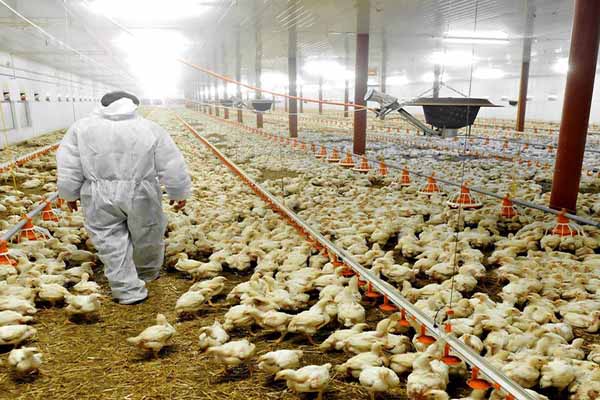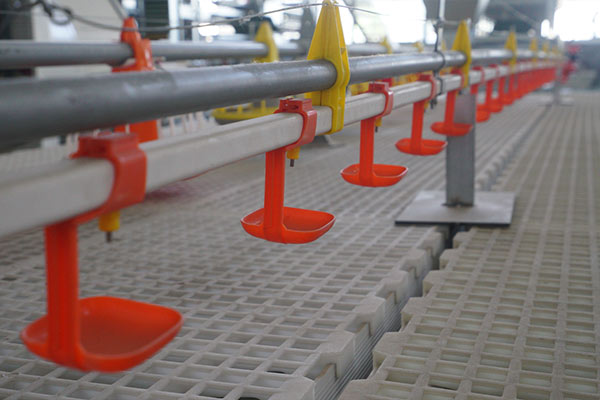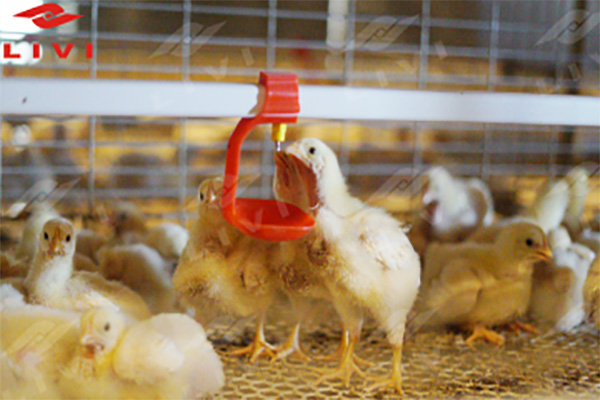
Large-scale egg production facilities face mounting pressure to balance high-yield poultry farming with stringent environmental compliance. The challenge lies in optimizing manure resource utilization and implementing robust environmental risk prevention measures to meet regulatory standards such as ISO14001 while ensuring operational efficiency. This article explores advanced technological frameworks integrated with proven process flows designed to enable sustainable and compliant layer hen farming.
The adoption of H-type cage structures combined with state-of-the-art automated manure removal systems represents a paradigm shift in how manure management is executed on large layer hen farms. The automated systems minimize manual labor, significantly reducing human exposure to contaminants, and enhance manure collection efficiency by up to 40% compared to manual cleaning methods.
These systems typically operate on a continuous conveyor or scraper mechanism synchronized with the hens' waste output. The dry-wet separation technology incorporated into these systems segregates liquid and solid fractions effectively, preparing manure for downstream treatment.
| Manure Treatment Step | Environmental Benefit | Operational Impact |
|---|---|---|
| Dry-Wet Separation | Reduces odor and liquid run-off by 35% | Facilitates handling and storage |
| Anaerobic Digestion | Lowers greenhouse gases; produces biogas | Provides renewable energy onsite |
| Composting & Sanitization | Eliminates pathogens; stabilizes nutrients | Generates high-value organic fertilizer |
“Compliance with ISO14001 requires not only addressing waste treatment but ensuring sustainable resource cycles within production. The integration of automated systems aligned with environmental management systems fortifies regulatory adherence and operational resilience.” — Regulatory Guideline, 2023
Controlling ammonia concentration and maintaining optimal temperature inside layer hen houses is critical to both animal welfare and environmental protection. Intelligent ventilation systems employing automated sensors dynamically adjust airflow and temperature based on real-time data metrics, achieving ammonia levels below 10 ppm and stable temperature fluctuations within ±2°C.
These systems incorporate:
Effective environmental controls not only reduce odors and harmful gas emissions that impact workers and neighbors but also have been documented to improve laying rates by 8-12% in farms with optimized systems.
Establishing a compliant and efficient green farming workflow requires a systematic approach integrating technology, operational best practices, and compliance frameworks:
Simulation data from integrated farms show a 15-20% increase in certified farms achieving ISO14001 within two years of implementing these workflows, coupled with measurable environmental benefits such as a 25% reduction in untreated nitrogen runoff.

Adoption of these innovations is not merely a compliance exercise but a strategically significant investment in operational excellence and sustainable brand reputation. The automation reduces labor intensity while enhancing biosecurity and waste cycling efficiency. The path to green certification becomes less daunting and more actionable.

Integrating these expert recommendations with technology selection should consider site-specific variables such as climate, batch size, and local environmental policies. The goal is a scalable and replicable model that delivers consistent production gains alongside environmental stewardship.

Discover how adopting the H-type cage structure with integrated automated manure removal and intelligent environmental controls can transform your layer hen farm into a model of sustainable, high-yield, and compliant production— Enhance your farm’s efficiency and environmental compliance today.

